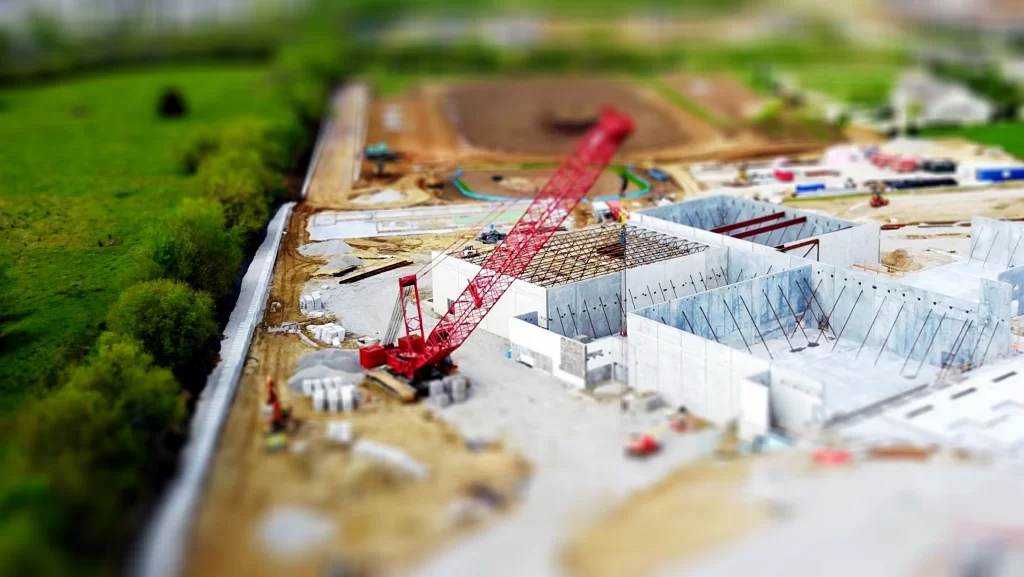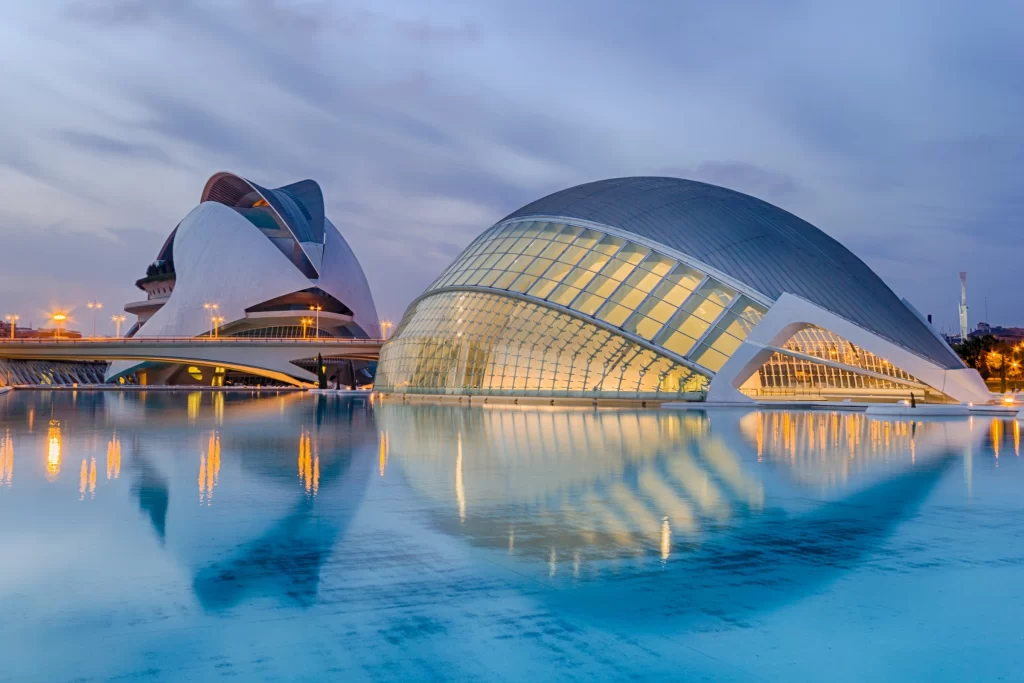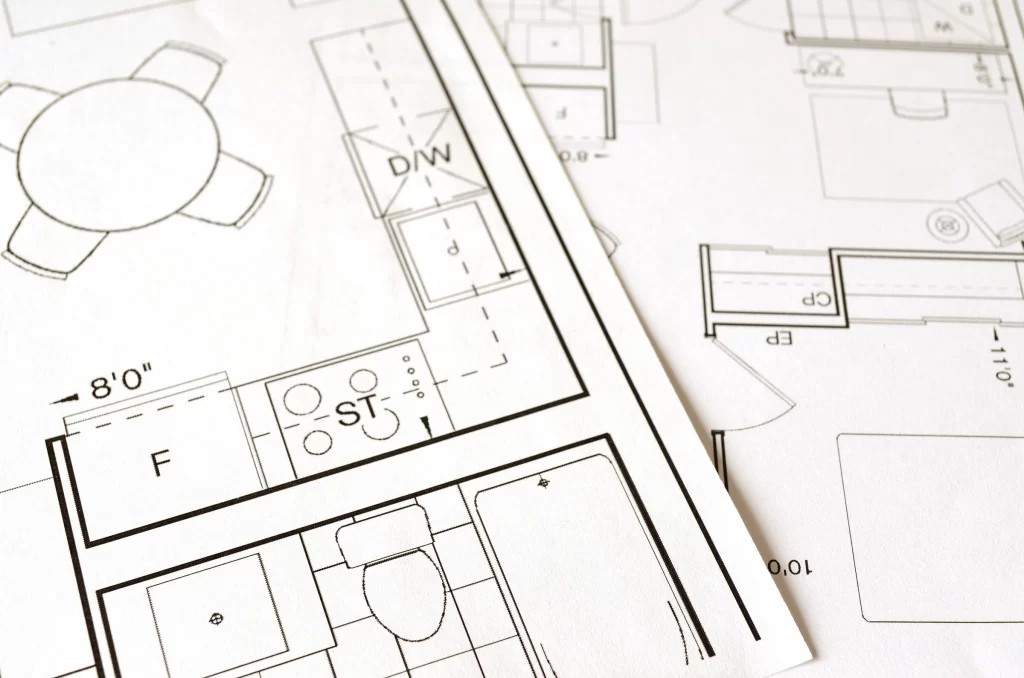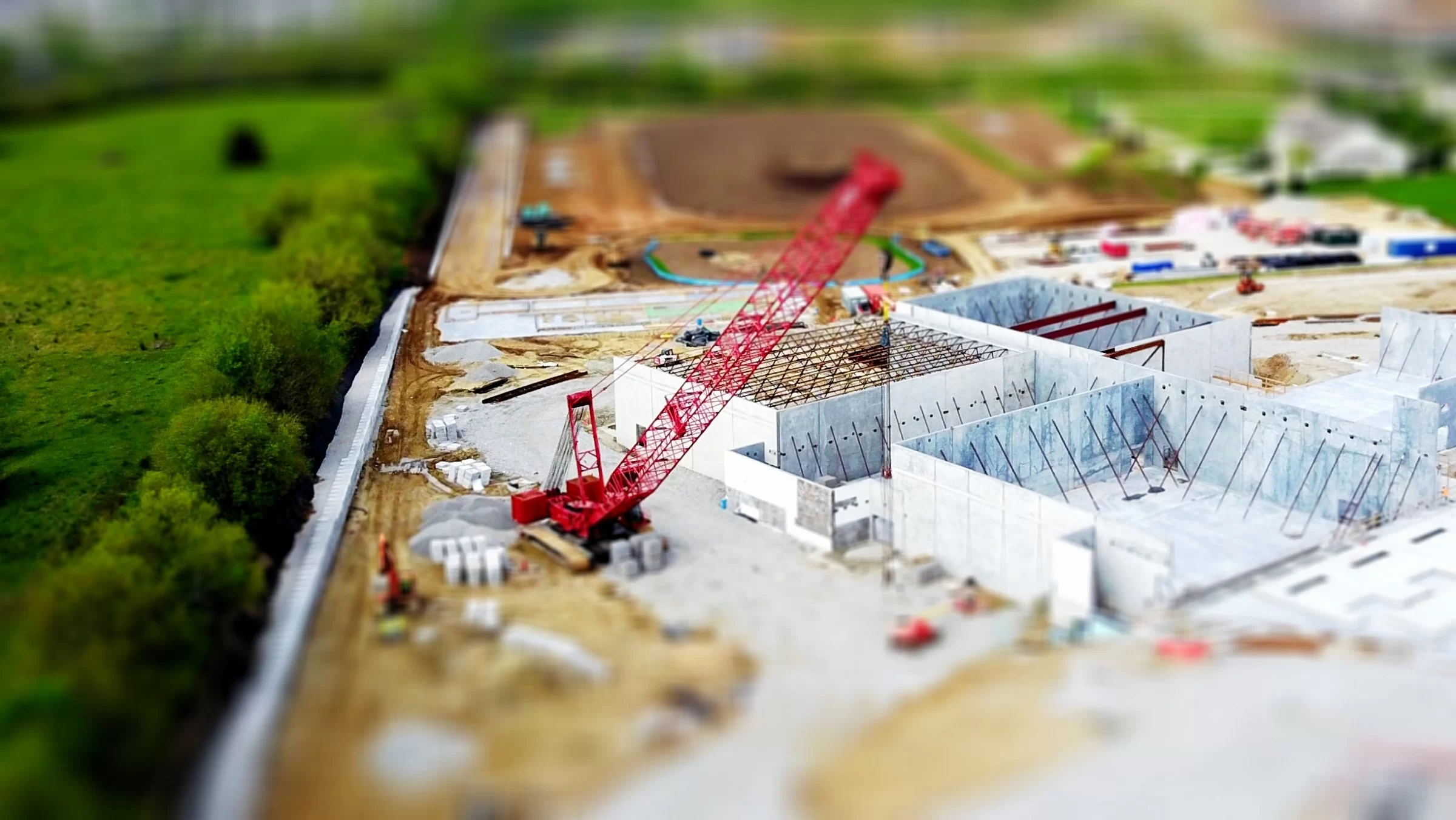Architecture, the art and science of designing and constructing buildings, bridges, and spaces, has a profound impact on our lives. It shapes the way we live, work, and interact with our environment. It reflects our culture, history, and aspirations. World Architecture Day is an annual celebration that acknowledges the significance of architecture in our world. It’s a day to recognize the architects, designers, and builders who contribute to the creation of our built environment and, in doing so, shape our future.

The Power of Architecture
Architecture is more than just functional structures; it’s a form of art that blends creativity, science, and engineering. Buildings aren’t just places where we live or work; they are expressions of our values, beliefs, and ambitions. The design of a building can evoke emotions, inspire creativity, and even provoke thought. When done right, architecture can transcend mere construction and become a symbol of a society’s progress and aspirations.
Consider the Eiffel Tower in Paris, a marvel of iron engineering that has become an enduring symbol of France and a testament to human ingenuity. Or the Taj Mahal in India, a sublime blend of Islamic and Mughal architectural styles, which stands as a testament to eternal love. These iconic structures not only serve their practical functions but also elevate our spirits and connect us to the past.
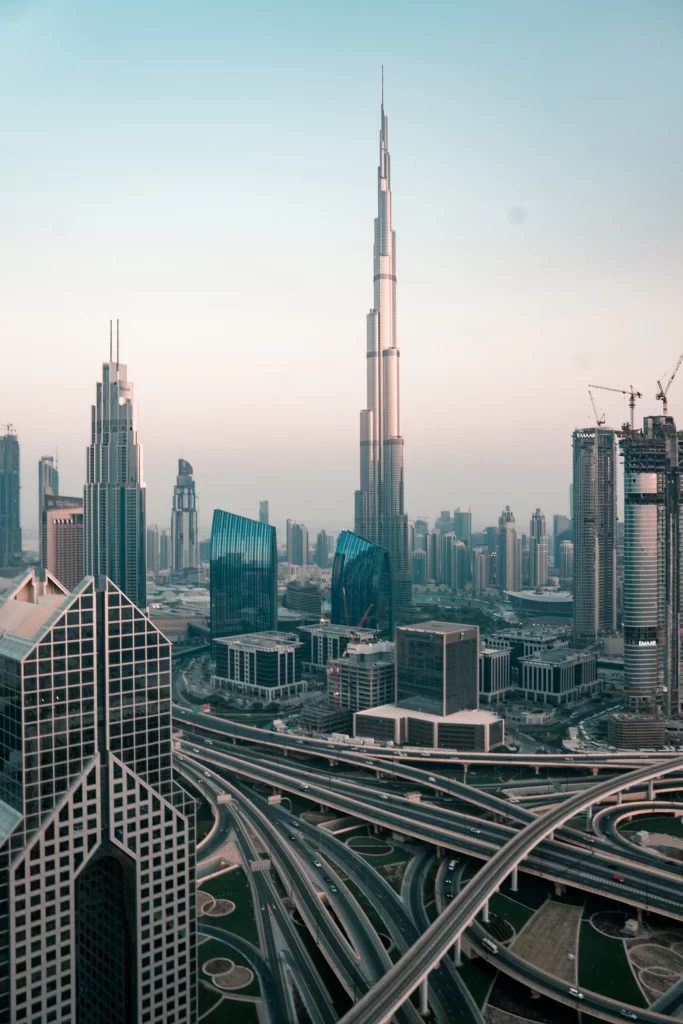
The Evolution of Architecture
Architecture has come a long way since the first human settlements. Early structures were built for protection from the elements and predators. Over time, as societies developed, so did architecture. The Greeks introduced the concept of columns and symmetry, which became fundamental to classical architecture. The Romans perfected the use of arches and domes, leading to the construction of awe-inspiring structures like the Colosseum and the Pantheon.
In the Middle Ages, Gothic architecture soared to new heights, quite literally, with the construction of towering cathedrals adorned with intricate stained glass windows and flying buttresses. The Renaissance brought a revival of classical ideals, leading to the creation of architectural masterpieces like the Florence Cathedral and St. Peter’s Basilica.
The Industrial Revolution ushered in a new era of architecture with the use of steel and glass, enabling the construction of skyscrapers that would define modern cityscapes. Frank Lloyd Wright, a pioneer of modern architecture, introduced the concept of organic architecture, which sought harmony between human habitation and the natural world.
The 20th century witnessed a wide range of architectural movements, from Art Deco’s elegance to Brutalism’s boldness. Today, architects continue to push boundaries with sustainable and futuristic designs, utilizing cutting-edge technology and innovative materials.
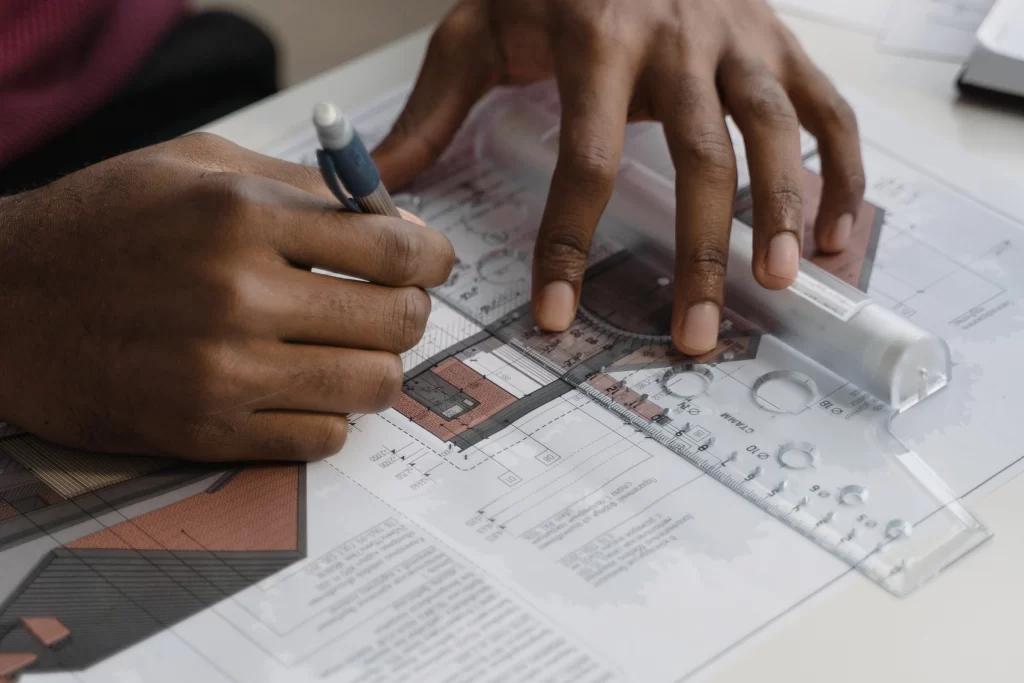
The Role of Architects
Architects are the visionaries who shape our world. They conceptualize, plan, and design buildings and spaces that enhance our quality of life. Beyond aesthetics, architects must consider functionality, safety, sustainability, and the needs of the people who will inhabit or use the structures they create.
Architects also play a critical role in urban planning, helping to create cities that are both functional and aesthetically pleasing. They design public spaces, parks, and transportation hubs that facilitate human interaction and improve the overall well-being of urban residents.
Moreover, architects have a responsibility to address the pressing challenges of our time, including climate change and resource scarcity. Sustainable architecture is gaining prominence, with architects incorporating eco-friendly materials, energy-efficient design principles, and renewable energy sources into their projects.
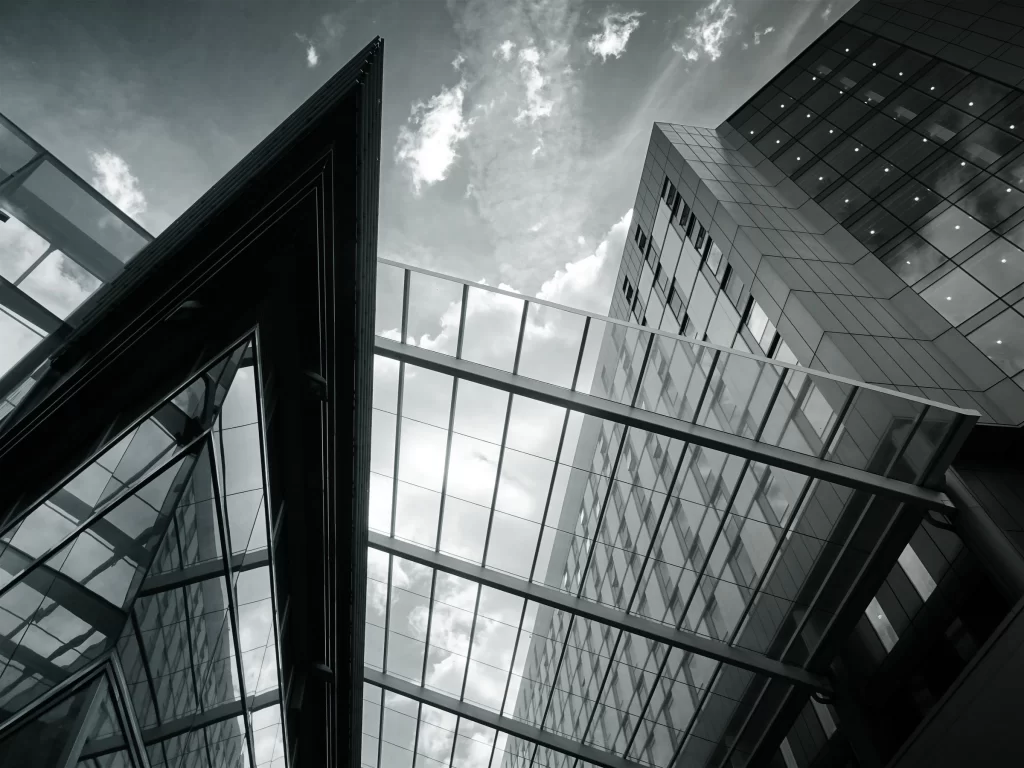
The Global Impact of Architecture
Architecture is a universal language that transcends borders and cultures. It reflects the unique identity of a place while also connecting us to the broader human experience. The Great Wall of China, the Pyramids of Egypt, and the Parthenon in Greece are not just national treasures; they are treasures of humanity.
Architectural styles may vary from one region to another, but the underlying principles remain the same: to provide shelter, create beauty, and serve the needs of society. Today, architects are increasingly drawing inspiration from diverse cultures and traditions, leading to a fusion of styles that enriches our architectural landscape.
In a globalized world, architects have the opportunity to learn from each other, share ideas, and collaborate on projects that address shared challenges. The exchange of architectural knowledge has led to the creation of innovative and culturally rich designs that benefit societies around the world.

Challenges and Opportunities
As we celebrate World Architecture Day, it’s essential to acknowledge the challenges facing the architectural profession. Rapid urbanization, population growth, and climate change pose complex problems that require innovative solutions. Architects must find ways to create sustainable, resilient, and inclusive cities that can withstand the challenges of the 21st century.
One of the most pressing issues is climate change. The built environment is a significant contributor to greenhouse gas emissions, with buildings accounting for a substantial portion of energy consumption. Architects have a pivotal role to play in designing energy-efficient and carbon-neutral structures that reduce our carbon footprint.
Additionally, architects must address issues of accessibility and inclusivity. Buildings and public spaces should be designed to accommodate people of all abilities, ensuring that everyone can participate fully in society.
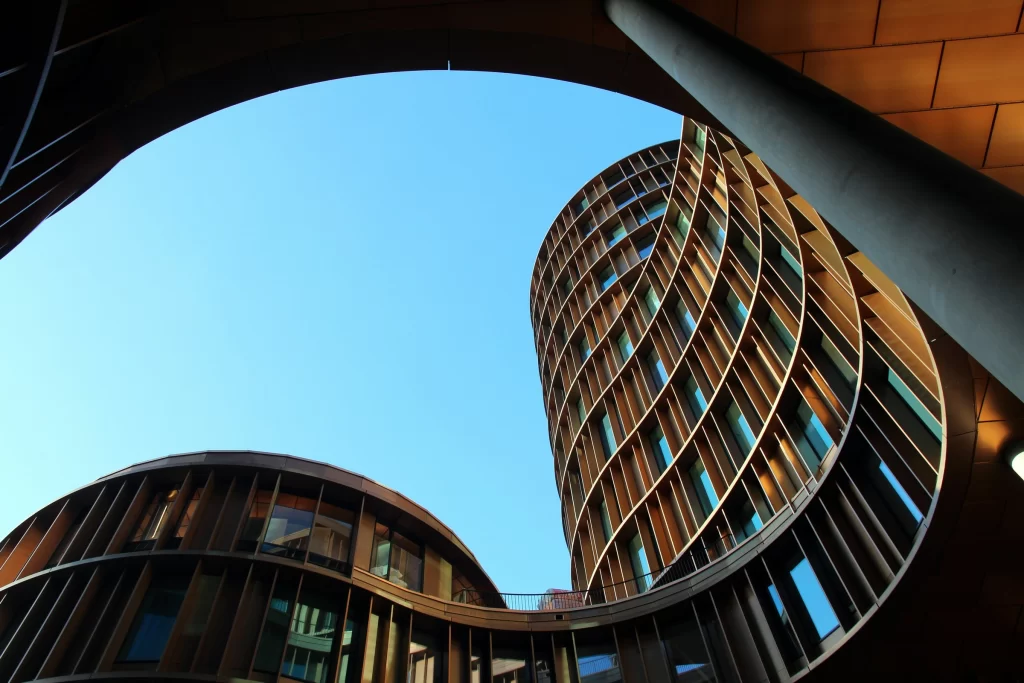
The Future of Architecture
The future of architecture holds exciting possibilities. Advancements in technology, such as 3D printing and virtual reality, are revolutionizing the way architects design and visualize their projects. These tools allow for greater precision and creativity in architectural design, enabling architects to push the boundaries of what’s possible.
Sustainable architecture will continue to be a dominant trend, with architects exploring new materials, construction techniques, and renewable energy sources. Green roofs, passive design strategies, and net-zero energy buildings are becoming more commonplace as we strive to reduce our environmental impact.
Architecture will also play a crucial role in addressing the challenges of urbanization. As more people migrate to cities, architects will need to design compact, efficient, and livable spaces that meet the needs of a growing urban population. This includes the development of smart cities that utilize technology to enhance quality of life, reduce traffic congestion, and improve sustainability.
Moreover, architects will continue to draw inspiration from cultural diversity, blending elements from different traditions to create designs that resonate with people from all walks of life. In doing so, they will contribute to a more interconnected and harmonious world.

Conclusion
World Architecture Day is a celebration of the art and science of architecture, a profession that has shaped human civilization for millennia. It’s a day to recognize the architects, designers, and builders who bring our dreams to life and shape the future of our built environment.
Architecture is not just about constructing buildings; it’s about creating spaces that inspire, protect, and enrich our lives. It’s about addressing the challenges of our time, from climate change to urbanization, and finding innovative solutions that benefit society as a whole.
As we look to the future, architecture will continue to evolve, driven by technological advancements, sustainability goals, and a commitment to inclusivity and accessibility. It will remain a powerful force for positive change, shaping the world in which we live and offering us a glimpse of what’s possible when creativity and vision come together.
On World Architecture Day, let us celebrate the architects and designers who, through their talent and dedication, continue to build dreams and shape the future of our world.


